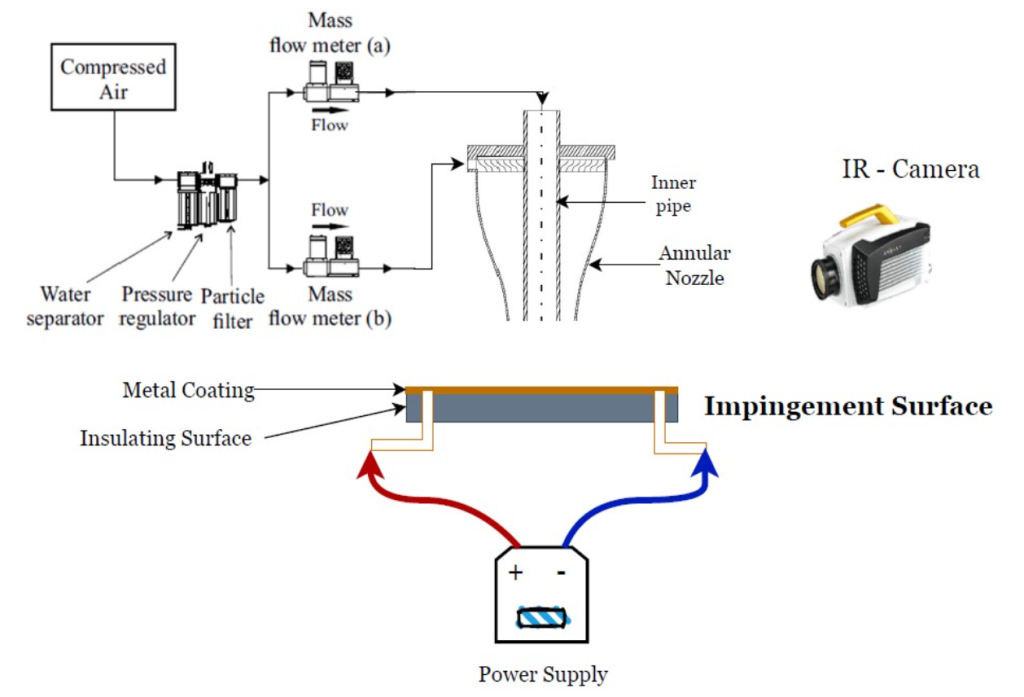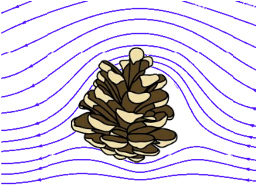There is an increasing interest in developing high-power laser applications for military defense purposes. One of the implementation obstacles is the low energy conversion efficiency and the associated need for efficient heat removal to ensure proper functioning. In applications where liquid-based cooling is not an option, the use of impinging air jets results in the highest attainable heat transfer coefficients that may be even further enhanced by employing jet pulsation, adding a swirl component or by changing the jet configuration. For example, co-axial impinging jets increase the heat transfer compared to single round jets while adding pulsation or swirl is expected to lead to additional enhancement. However, despite decades of research on impinging jets, the heat transfer characteristics of impinging, pulsating co-axial jets with or without a swirl component have not been investigated. Here, we study the spatio-temporal heat transfer and flow field characteristics of a pulsating co-axial jet impinging on a heated thin foil using a combination of particle image velocimetry and high-speed infrared (IR) thermography. Experiments are performed on a single impinging co-axial jet with the aim to elucidate the physical mechanisms responsible for heat transfer enhancement in (pulsating) jets, and establish the optimized co-axial jet configuration in terms of diameter ratio, pulsation frequency and swirl component. We believe that pulsation will modulate the strength and generation frequency of the primary (toroidal) vortices and that heat transfer enhancement can be optimized for a specific ratio of inner and outer jet diameter and pulsation frequency.

Experimental setup
Students working on the project (co-advised by Assoc. Prof. B. Cukurel, Aerospace Engineering, Technion)
Muans Omari (MSc), completed; Tal Mendelson (MSc)
